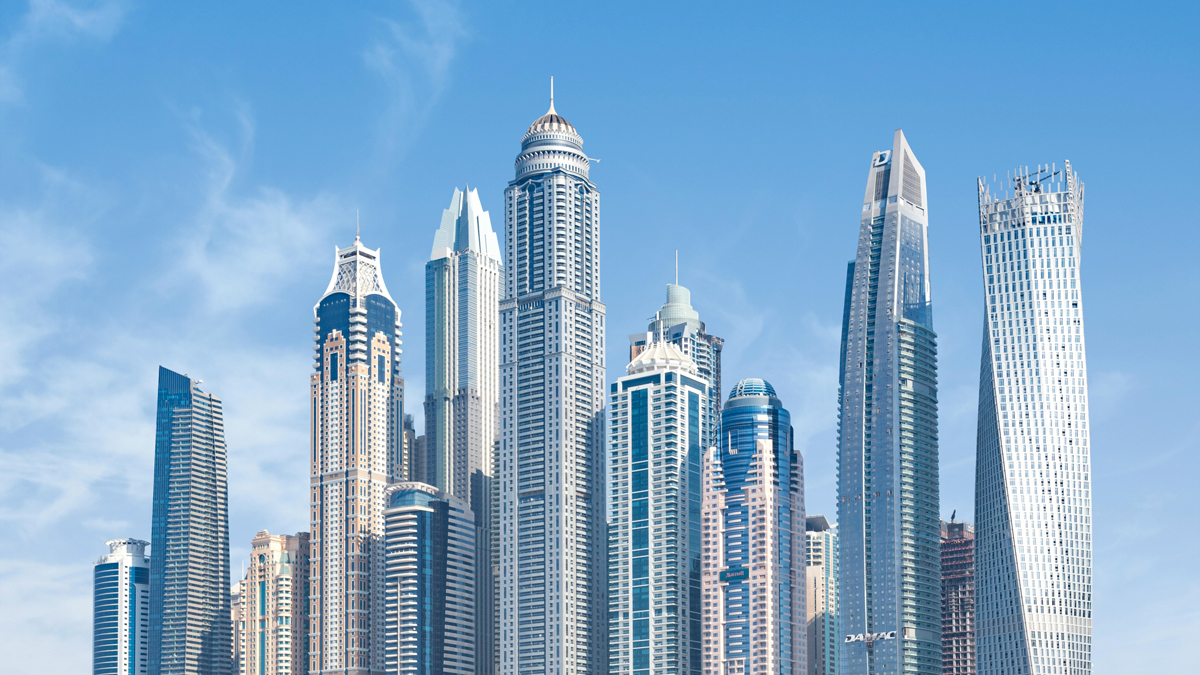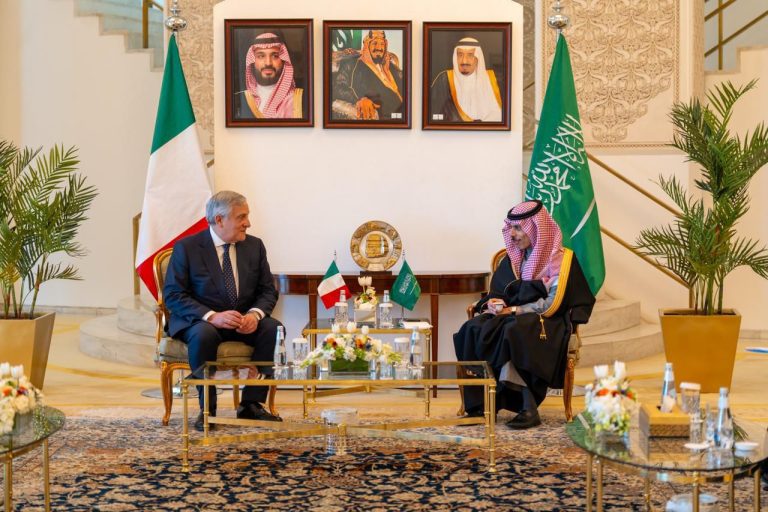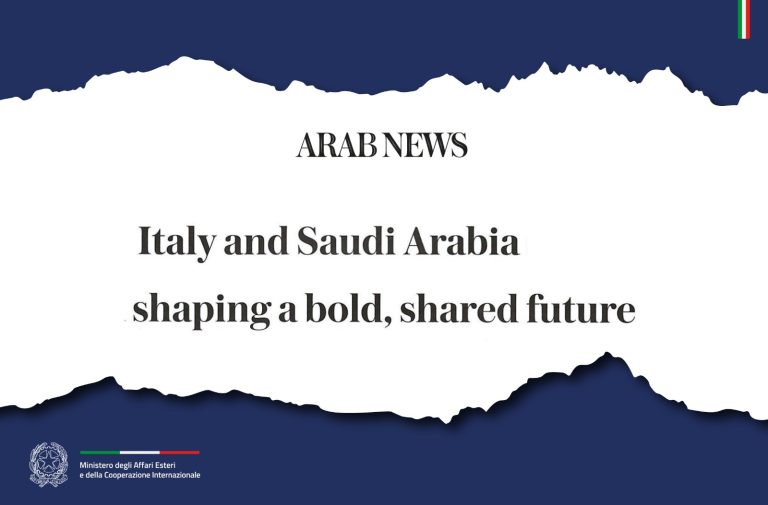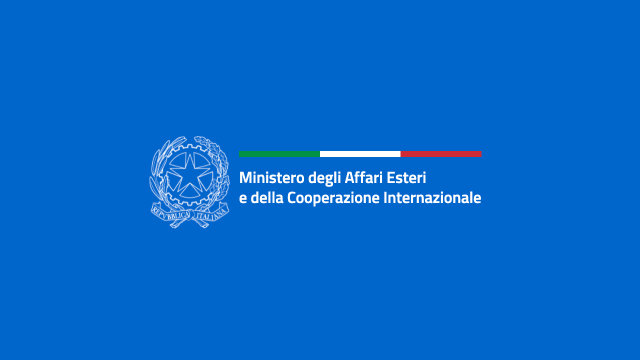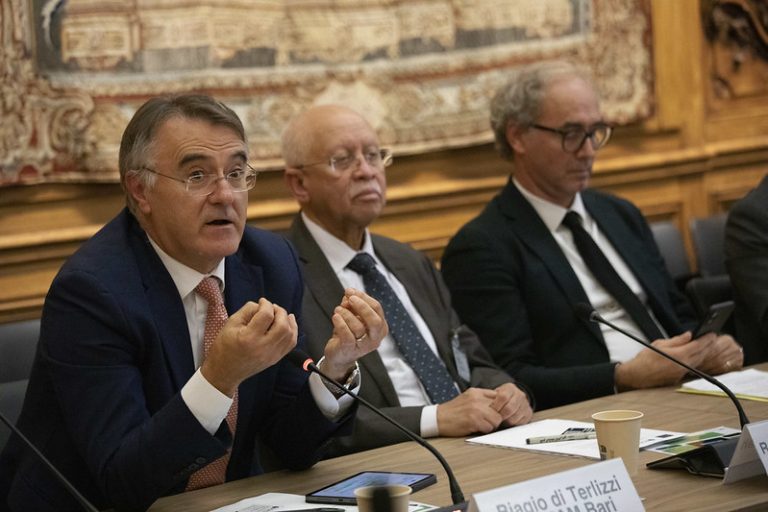By 2050, the United Arab Emirates (UAE) expects to take a leading role in the hydrogen market due to their geographical position and favourable climate conditions, coupled with the presence of substantial natural gas deposits on site.
The UAE’s Hydrogen Strategy 2050, launched at the end of 2023, envisages the development of supply chains, the creation of five “hydrogen oases” – hydrogen production facilities – and an intensive research programme dedicated to the development of new technologies with the aim of lowering production costs.
The Strategy’s milestones envisage a production of 1.4 million tonnes per year (mtpy) of hydrogen by 2031. According to the local energy company Masdar, 1 mtpy of these will be low-emission green hydrogen from renewable sources, while the remaining 0.4 million tonnes will be blue hydrogen, i.e. produced using natural gas and storing the CO2 produced. The total amount of hydrogen will rise to 7.5 million in 2040 and then reach a volume of 15 million in 2050. The most significant investment is the project in the port of Abu Dhabi for producing green hydrogen and ammonia, with the installation of an electrolysis plant, supported by a 2 Gigawatt (GW) photovoltaic plant. Electrolysis is the process of separating water into hydrogen and oxygen and for which energy is needed.
The Gulf country is also investing in training and research and development. The training initiatives launched include the establishment of the Mohammed Bin Rashid Al-Maktoum centre in Dubai, which since 2023 has been active in the high-level training sector and as incubator of innovative start-ups in the energy sector.
With the aim of creating a regional hydrogen market, Abu Dhabi is therefore strengthening collaboration with the Gulf countries and other international partners. In view of developing exports, in fact, the UAEs have signed several agreements and memorandums of understanding, even outside the region. Masdar, for example, is evaluating the use of the Southern Gas Corridor (SGC), currently used to bring natural gas from Azerbaijan to Europe, to export green hydrogen. Meanwhile, in October 2022 the first shipment of ammonia was made to Germany.
Producing significant volumes of hydrogen at competitive costs is not easy at the moment,, but it is an important element for decarbonising strategic sectors, starting with chemicals, steel and refining.

